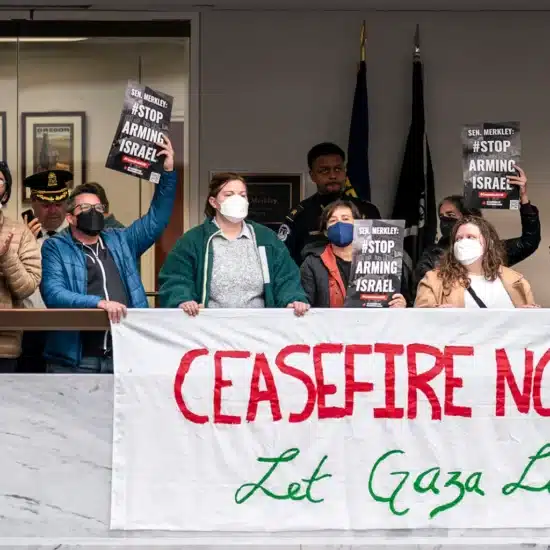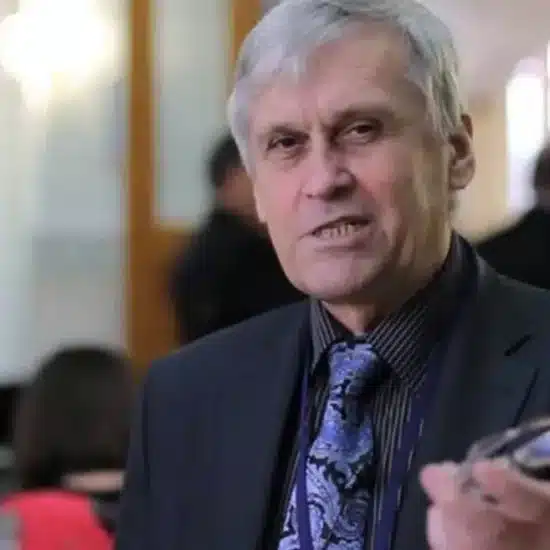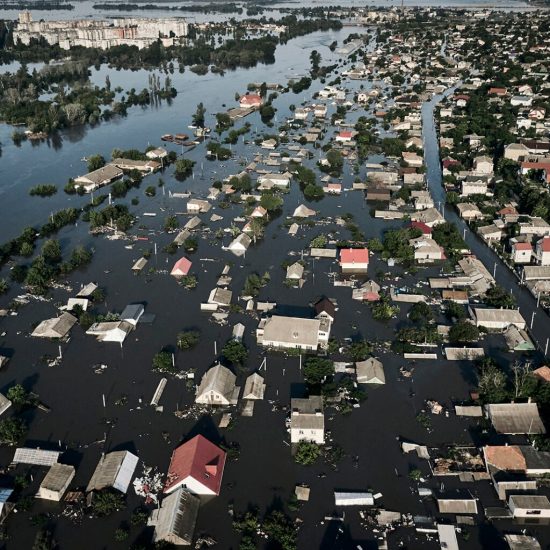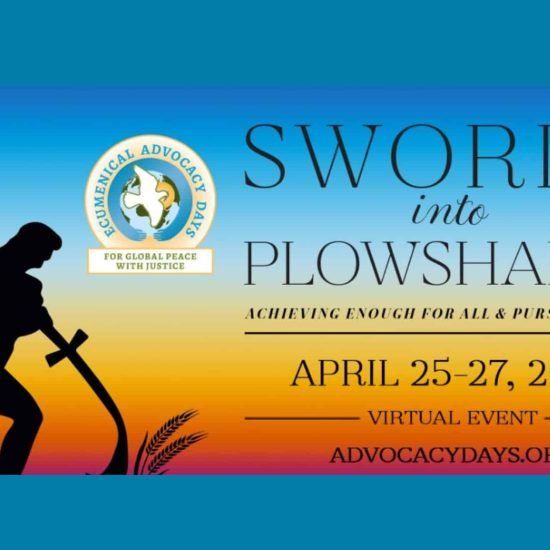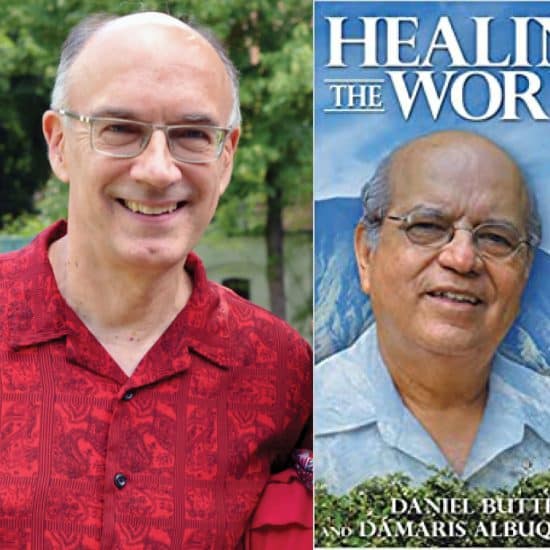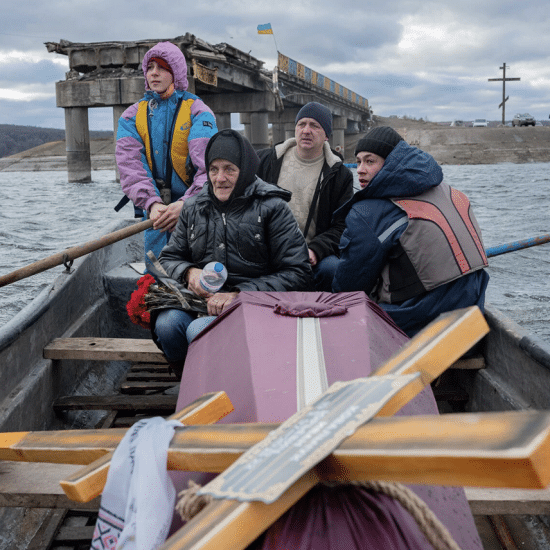HARRISONBURG, Va. (ABP) — You may not know her name, but if you were born before 1970 you have seen Kim Phuc’s picture. She is the 9-year-old girl seen running burned and naked in Nick Ut’s 1972 Pulitzer Prize-winning photo that fanned anti-war sentiment in the United States.

Kim Phuc (Photo by Norman Jameson)
|
For a long time Kim wished the photo of her and other children fleeing a South Vietnamese napalm attack had never been taken. It took over her life and turned her into a symbol when she was just a burn-scarred girl who wished she could wear a short-sleeved blouse.
Now 44 and living in Canada, she thanks God for it, because it has given her a platform to share her testimony of forgiveness all over the world.
“That picture is a powerful gift for me,” Kim told participants July 4 at the Baptist Peace Fellowship annual Peace Camp at Eastern Mennonite University in Harrisonburg, Va. “It is a part of God’s plan for my life. I can work with that picture for peace.”
After snapping the picture Ut, an Associated Press photographer who works out of Los Angeles, rushed Kim to a hospital. Doctors shook their heads and consigned her to the morgue where her parents found her three days later.
“But I hadn’t died yet,” she said to rousing laughter. Miraculously, an old friend of her father’s worked at the hospital and helped get her medical attention.
She eventually had 17 operations, most recently in 1986. She still suffers pain that “cuts like a knife” from her scarred back and arm when the weather changes.
Ten years after the photo and seven years after the war ended a journalist from the German publication Stern asked the Vietnamese embassy in Bonn to help him identify and locate the girl if she was still alive.
Two years later officials found Kim and took control of her life. After struggling to be “normal” and living convinced that her scars would keep any man from loving her, she had finally made it to medical school. Officials pulled her from study and made her a propaganda symbol, parading her before foreign press.
“This was a low point in my life,” she said. “My life suddenly just became as the bird in the cage.”
She lived in hatred for those who hurt her but knew she could not go on like that forever. Peace eluded her until in a library during Christmas of 1982 she discovered the Bible and the Jesus it revealed. Suddenly she knew “God had a purpose for my life.”
As she studied Jesus’ words on forgiveness, she was torn, not understanding how she could love her enemies. The only thing she could do, she said, was to pray. It didn’t come easily, but she learned that “in order to be free, I had to learn to forgive.”
She stopped asking, “Why me?” She learned to “trust and obey,” and that “God can do the impossible.” She learned to be positive, counting blessings instead of complaining.
She realized she should not be alive. She was amid others who died when the canisters fell on June 8, 1972. At napalm’s burn temperature of 1,200 degrees Celsius “my skin should have burned off my body,” she said. Her face was basically untouched.
She demonstrated to Peace Camp participants her process of learning to forgive. She held up a glass of black coffee, which represented her anger, hatred, bitterness, pain, loss and hopelessness. Then she poured out a little every day.
“One day there was no coffee left to pour,” she said. “And by God’s grace and His mercy He refilled my cup with light, with peace, with joy, with compassion, understanding, love, patience and forgiveness.”
Holding up the glass filled with clear water, she said: “You see how different. Praise the Lord. And by practicing patiently every day I started to put all the names of the people who caused my suffering on my prayer list. And the more I prayed the softer my heart became.”
Kim said learning to forgive was “the hardest work of my life, but I did it. If I can do it, you can do it too.”
“We must forgive,” she said, echoing the theme of the 2011 Peace Camp.
In 1986 she went to Cuba to study medicine. She met the man there who became her husband. During a one-hour layover in Newfoundland while returning to Cuba from their honeymoon in Moscow, they defected to Canada.
Today they live in Toronto with their two sons.
During a 1996 Veteran’s Day address at the Vietnam Memorial, Kim said she would gladly meet the jet pilot who dropped four canisters of napalm on her village to tell him that she forgives him. The pilot was not in the crowd that day, but a man who helped coordinate the air strike was.
Seeing the photo of the children fleeing an attack he had been involved in had started Army Capt. John Plummer’s life on a downward spiral of alcohol abuse and broken marriages. He made his way to Kim after her address and they embraced.
“It’s as though the entire world has been lifted off my shoulders,” Plummer said in a 1996 documentary describing their meeting. “This is one of the greatest days of my life.”
Kim says Plummer, now a Methodist minister in Virginia, “is my best friend.”
Once requiring a lot of medication for pain relief, Kim now uses a combination of prayer, exercise and healthy eating to help control her pain. “The more I get older the deeper pain I endure,” she said. “Yet whenever the pain comes it brings me to the Lord with prayer. The more I pray the more peace I have.”
She refers to her scars as “protection from being proud.”
Today Kim travels the world and helps populations dispossessed by war. She has helped build schools, orphanages and hospitals in areas such as Uganda, Kenya, East Timor and Ghana.
She urges people to reorient their imagination when they see the picture of 9-year-old Kim Phuc running down the road.
“Don’t see the little girl calling out in pain and fear,” she said. “See her as crying out for peace.”
-30-
Norman Jameson is reporting and coordinating special projects for ABP on an interim basis. He is former editor of the North Carolina Biblical Recorder

